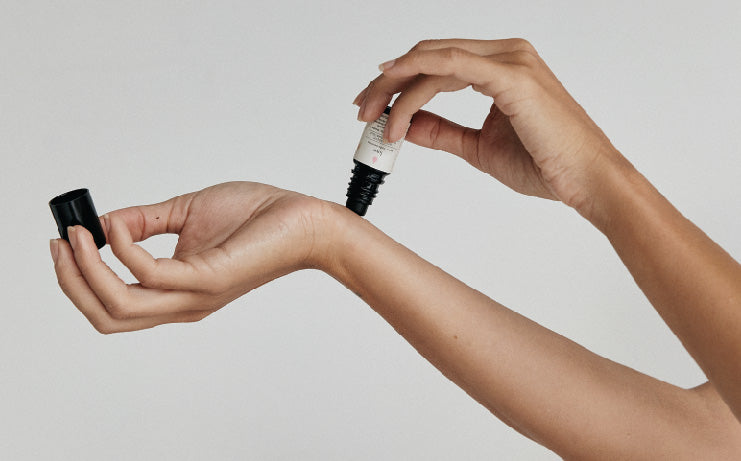
Inside Small Business – Lessons learnt from applying for government grants
As business owners, we all know that there are government grants out there. However, they can seem like these magical unicorns that are hard to catch and even harder to understand.
Having applied for some smaller grants across the life cycle of my business, including a partial grant for equipment (in my start-up phase) and another partial payment grant to engage specific experts (also in the early days) I was already well aware that applying for grants was definitely achievable, but also a time-consuming and complex process.
In 2020, I had just written a new business plan that would seek to maximise the opportunities that were emerging from international six-star hotel groups wanting to use our organic skin care for their high-end clients’ spa treatments and knew that funds would be required to achieve the capacity to service these new markets.
Initially, I was thinking that a private investor (or two or three) would be the way to go and then I attended a networking function where I heard a representative of Regional Development NSW speaking. She opened my eyes to the huge amount of government funding that was available for businesses like mine – especially as there was a government push for job creation in regional NSW at the time.
Here are my top four lessons:
1. All grants come with a price (i.e. there’s no such thing as a free lunch)
Often grants are what’s called ‘dollar-matching’ which was the case with us which means the grant will match what you spend dollar-for-dollar AFTER you have spent the money. This means that you need to have funds available to invest in the project that will be complemented by government grant money. It’s very rare that the grant will hand over the cash before you have ponied up with some of your own money. So, be mindful of what investment cash you have available before you apply.
2. Be sure the grant matches the business goals
Sometimes in the quest for magical grant money, businesses try to shoehorn an idea into the grant criteria. Whilst this may give you the funds, it may also take you off track and away from your core direction. So, always be sure you apply for a grant that sits easily in what you already have planned for your business.
3. The landscape is ever-changing
The grant landscape is governed by many factors, not the least of which is the government of the day. Whilst the Export Market Development grant (EMDG) and the R&D grant have both been consistently offered annually (so far), other grants open and close depending on the agenda and priorities of government. Knowing what’s available and for whom leads me to my final tip.
4. There are grant experts and they are worth their weight in gold.
Having a good grant advisor when first starting out in the labyrinth of the grant world can be the difference between success and failure. These people specialise in knowing what grants are available, the criteria and importantly, the relevance to your business. Get a good one and keep them.
The key lesson is there are more grants out there than most business owners realise. Whether they be state, federal, regional, export or for expertise, if you dig a little, you’re sure to find a grant that will help your business grow. And isn’t that what we all want?







Leave a comment
This site is protected by hCaptcha and the hCaptcha Privacy Policy and Terms of Service apply.